Home>Storage & Organization>Kitchen Organizing Tools>How To Keep Gnats Out Of The Litter Box
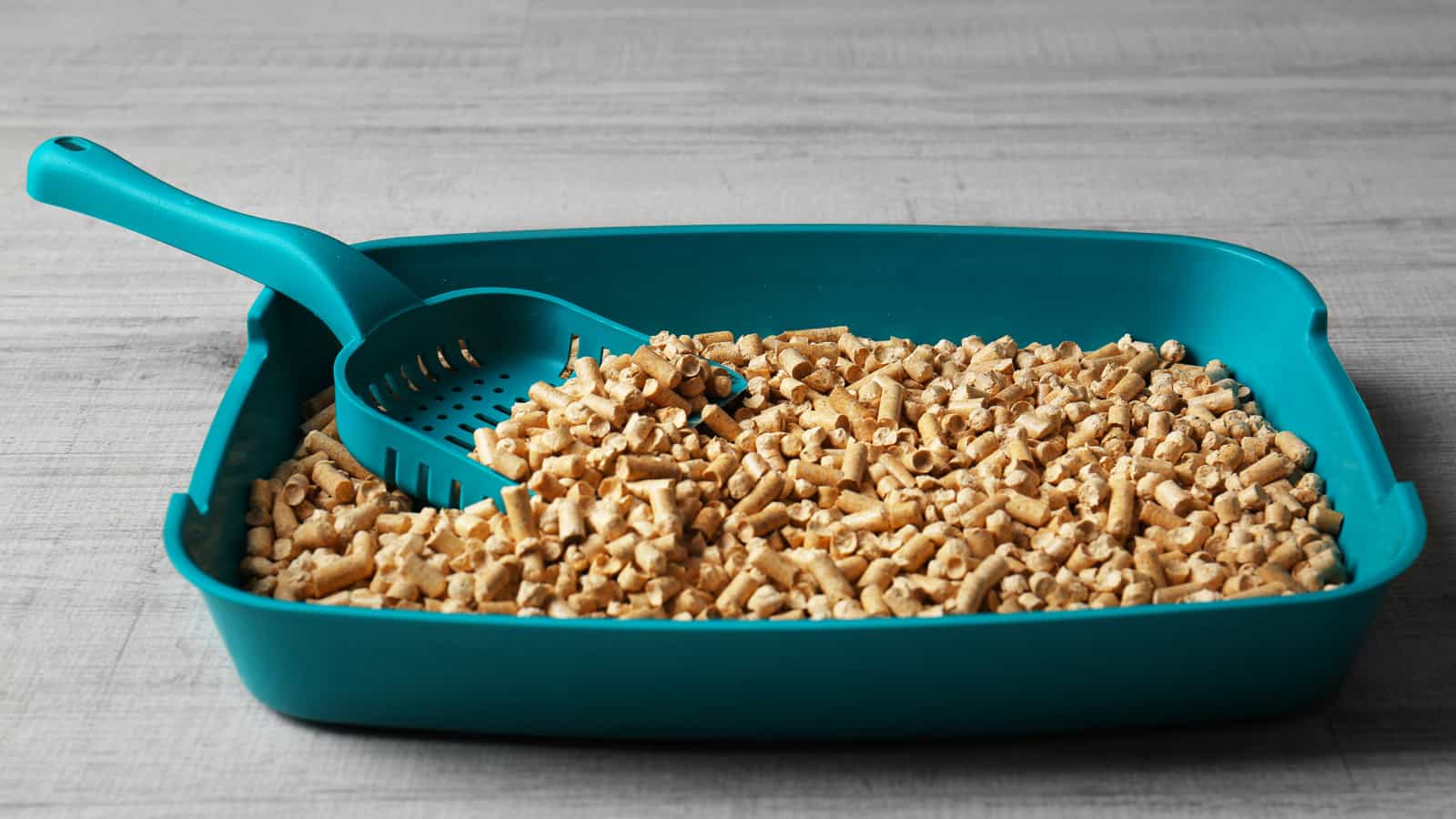

Kitchen Organizing Tools
How To Keep Gnats Out Of The Litter Box
Published: February 23, 2024
Learn effective ways to keep gnats out of the litter box with the best kitchen organizing tools. Say goodbye to pesky pests for good!
(Many of the links in this article redirect to a specific reviewed product. Your purchase of these products through affiliate links helps to generate commission for Storables.com, at no extra cost. Learn more)
Introduction
Dealing with gnats in the litter box can be a frustrating and persistent issue for many pet owners. These tiny, pesky insects seem to appear out of nowhere, buzzing around the litter box and causing annoyance for both pets and their owners. However, with the right knowledge and strategies, it's possible to effectively keep gnats out of the litter box and maintain a clean and comfortable environment for your furry friend.
In this comprehensive guide, we will delve into the world of gnats and their attraction to litter boxes, providing valuable insights into their behavior and preferences. Additionally, we will explore practical tips and techniques to prevent gnats from infesting the litter box, ensuring a hygienic and pleasant space for your pet.
By understanding the factors that draw gnats to the litter box and implementing proactive measures, you can effectively address this common issue and create a more enjoyable living environment for both you and your pet. So, let's embark on this journey to discover the secrets of keeping gnats at bay and maintaining a clean, gnat-free litter box for your beloved furry companion.
Key Takeaways:
- Say no to gnats in your pet’s litter box! Choose low-dust, quick-clumping litter, clean daily, and use natural deterrents to keep your furry friend’s space gnat-free and comfy.
- Keep your pet’s litter box clean and cozy by maintaining proper ventilation, addressing spills, and monitoring humidity levels. With the right care, you can say goodbye to pesky gnats for good!
Read more: How To Keep Gnats Out Of Trash Can
Understanding Gnats and Their Attraction to Litter Boxes
Gnats, also known as fruit flies or vinegar flies, are small, flying insects that are commonly attracted to moist and decaying organic matter. These pesky pests are particularly drawn to the scent of decomposing organic materials, making litter boxes an ideal environment for them to thrive. Understanding the factors that attract gnats to litter boxes is crucial in effectively addressing and preventing gnat infestations.
One of the primary reasons gnats are attracted to litter boxes is the presence of organic waste material. Pet waste, such as urine and feces, provides an abundant food source for gnats, creating an environment that is highly conducive to their reproduction. Additionally, the moist and humid conditions within the litter box further contribute to the attraction of gnats, as these insects thrive in such environments.
Furthermore, the accumulation of soiled litter and the lack of proper ventilation can exacerbate the gnat infestation problem. As the organic waste decomposes, it releases odors and compounds that serve as a powerful attractant for gnats. The combination of moisture, organic matter, and odor creates an irresistible breeding ground for gnats, leading to a persistent and bothersome infestation in the litter box area.
In addition to the organic waste and moisture, the type of litter used can also influence gnat attraction. Certain litter materials, especially those with a high organic content, can emit odors and provide a hospitable environment for gnats. Moreover, the presence of spilled food or water near the litter box can further contribute to gnat infestations, as these insects are opportunistic feeders and are attracted to any available food sources.
Understanding the specific factors that make litter boxes attractive to gnats is essential for implementing effective preventive measures. By addressing the root causes of gnat attraction, pet owners can take proactive steps to minimize the conditions that foster gnat infestations, ultimately creating a cleaner and more hygienic environment for their pets.
By gaining insights into the behavior and preferences of gnats, pet owners can develop a targeted approach to gnat prevention, thereby reducing the likelihood of infestations and ensuring a more pleasant and comfortable living space for both pets and their owners.
To keep gnats out of the litter box, try using a covered litter box to prevent them from getting in. Also, make sure to clean the litter box regularly to remove any potential breeding grounds for gnats.
Tips for Keeping Gnats Out of the Litter Box
-
Choose the Right Litter: Opt for a litter that is specifically designed to minimize odors and moisture. Look for products labeled as low-dust and quick-clumping, as these characteristics can help reduce the conditions that attract gnats.
-
Regular Cleaning and Maintenance: Establish a consistent cleaning routine for the litter box. Remove solid waste and clumped litter daily, and perform a complete litter change at least once a week. Additionally, ensure that the litter box is thoroughly cleaned and dried before refilling it with fresh litter.
-
Proper Ventilation: Place the litter box in a well-ventilated area to promote air circulation and reduce moisture buildup. Adequate ventilation can help deter gnat infestations by creating a less favorable environment for these insects.
-
Use Gnats Deterrents: Consider using natural gnat deterrents, such as apple cider vinegar traps or essential oil-based repellents, near the litter box. These methods can help discourage gnats from congregating around the area.
-
Address Spilled Food and Water: Keep the surrounding area of the litter box clean and free of spilled food or water. Gnats are attracted to food sources, so minimizing access to these substances can help reduce gnat activity in the vicinity of the litter box.
-
Seal Waste Disposal Bags: When disposing of used litter and waste, ensure that the bags are securely sealed to prevent odors from attracting gnats. Proper waste disposal practices can significantly contribute to minimizing gnat infestations.
-
Monitor Humidity Levels: Keep an eye on the humidity levels in the room where the litter box is located. Using a dehumidifier or maintaining optimal humidity levels can help create an environment that is less conducive to gnat breeding and activity.
-
Inspect for Leaks and Spills: Regularly inspect the litter box for any leaks or spills that may contribute to excess moisture. Addressing these issues promptly can help prevent the buildup of conditions that attract gnats.
By implementing these proactive measures, pet owners can effectively mitigate the factors that attract gnats to the litter box, thereby reducing the likelihood of gnat infestations and creating a cleaner and more comfortable environment for their pets. Taking a proactive approach to gnat prevention can lead to a more enjoyable and hygienic living space for both pets and their owners.
Conclusion
In conclusion, addressing gnat infestations in the litter box requires a multifaceted approach that encompasses understanding gnat behavior, implementing preventive measures, and maintaining a clean and hygienic environment for pets. By recognizing the factors that attract gnats to litter boxes and taking proactive steps to mitigate these conditions, pet owners can effectively minimize gnat infestations and create a more comfortable living space for their furry companions.
It is essential for pet owners to prioritize the selection of the right litter and regularly clean and maintain the litter box to minimize the presence of organic waste and moisture, which are primary attractants for gnats. Additionally, ensuring proper ventilation, using natural gnat deterrents, and addressing spilled food and water near the litter box can significantly contribute to gnat prevention.
Furthermore, maintaining optimal humidity levels, inspecting for leaks and spills, and practicing proper waste disposal are integral components of a comprehensive gnat prevention strategy. By incorporating these measures into their pet care routine, owners can effectively reduce the likelihood of gnat infestations and create a more pleasant and hygienic environment for their pets.
Ultimately, the well-being and comfort of pets are closely intertwined with the cleanliness and hygiene of their living environment. By taking proactive steps to keep gnats out of the litter box, pet owners can ensure that their pets enjoy a clean, comfortable, and gnat-free space, promoting their overall health and happiness.
In the journey to combat gnat infestations in the litter box, knowledge, consistency, and a proactive mindset are invaluable allies. By leveraging these insights and implementing practical strategies, pet owners can effectively address gnat infestations and create a more enjoyable and hygienic environment for both their pets and themselves.
Frequently Asked Questions about How To Keep Gnats Out Of The Litter Box
Was this page helpful?
At Storables.com, we guarantee accurate and reliable information. Our content, validated by Expert Board Contributors, is crafted following stringent Editorial Policies. We're committed to providing you with well-researched, expert-backed insights for all your informational needs.
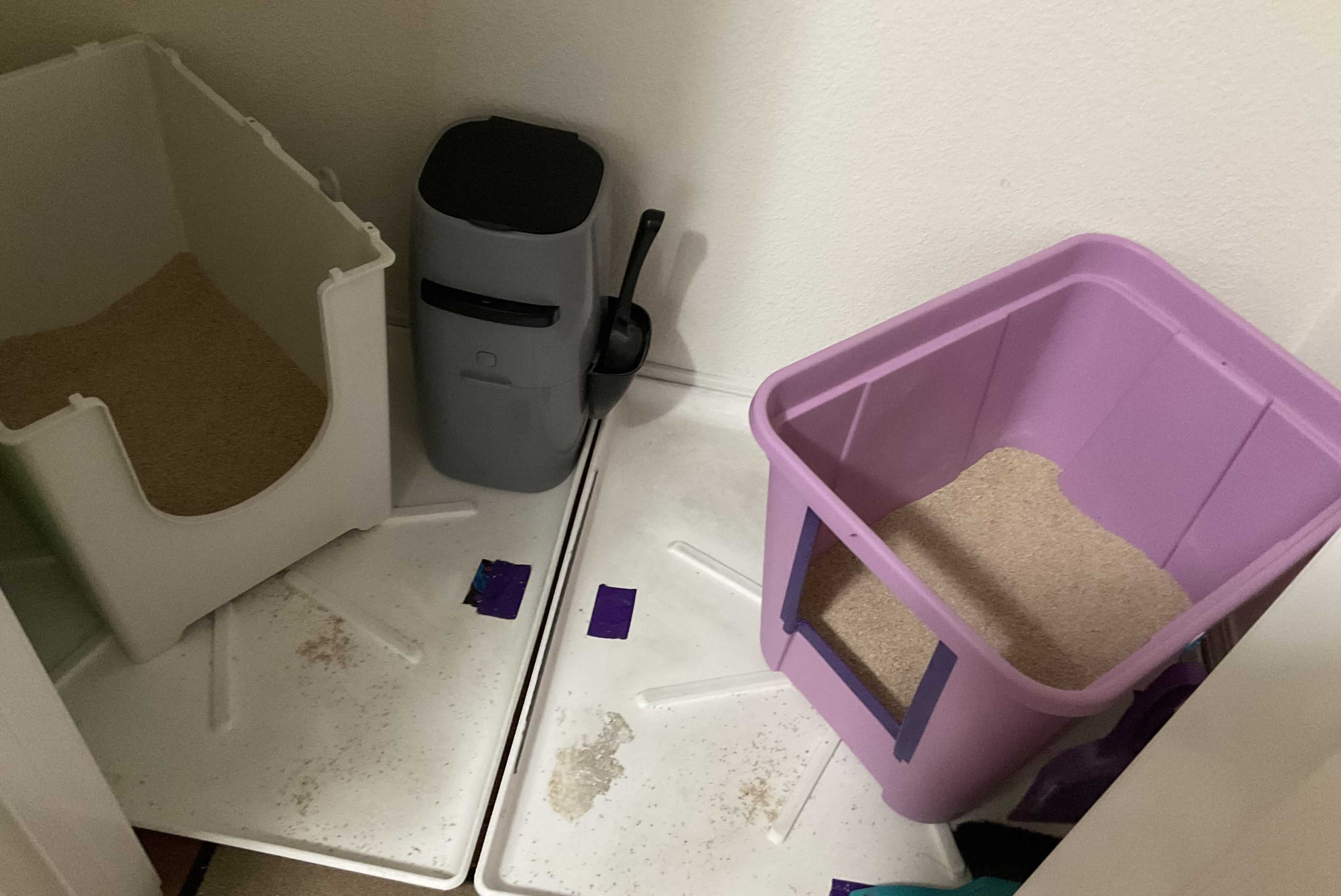
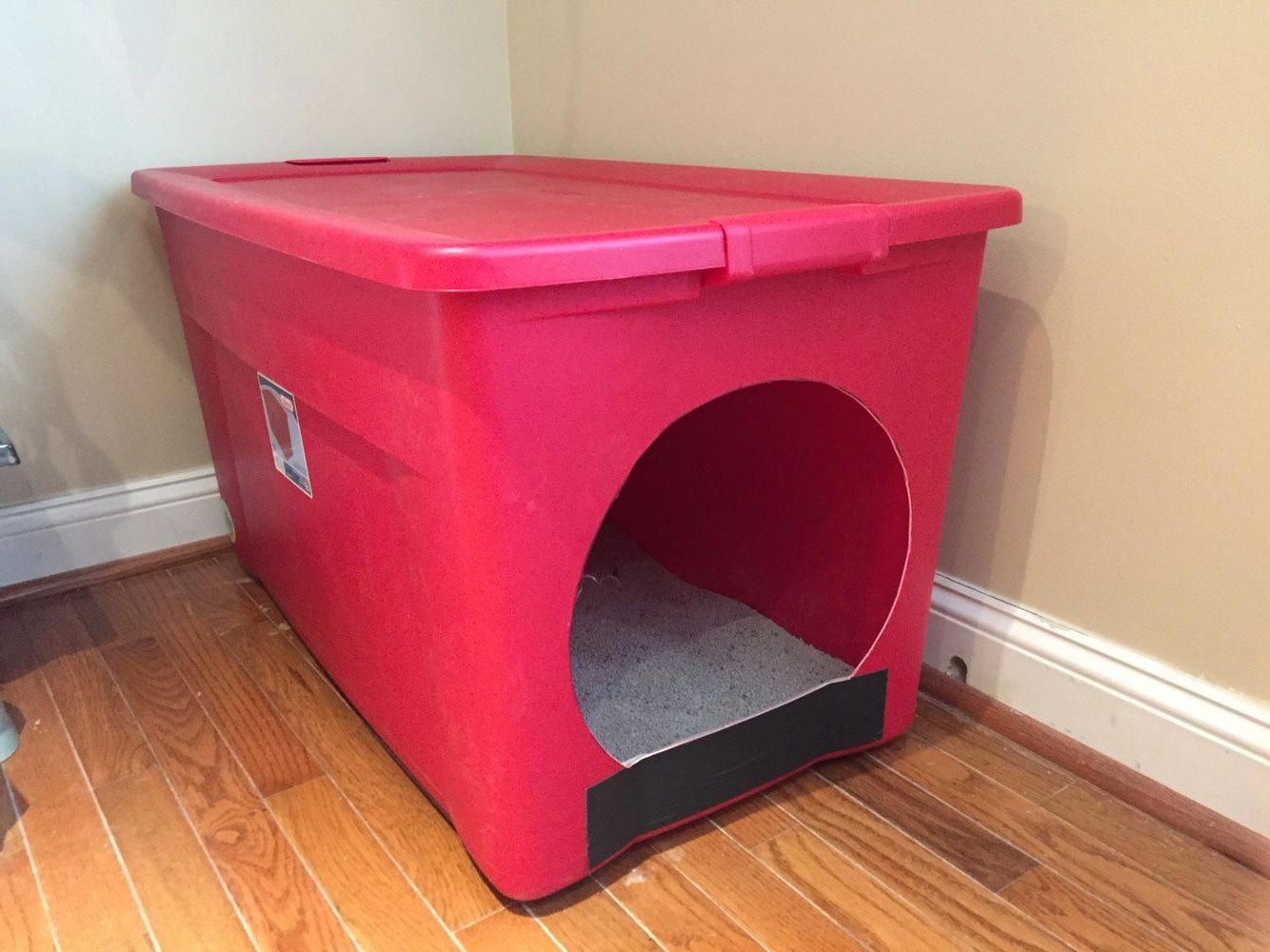
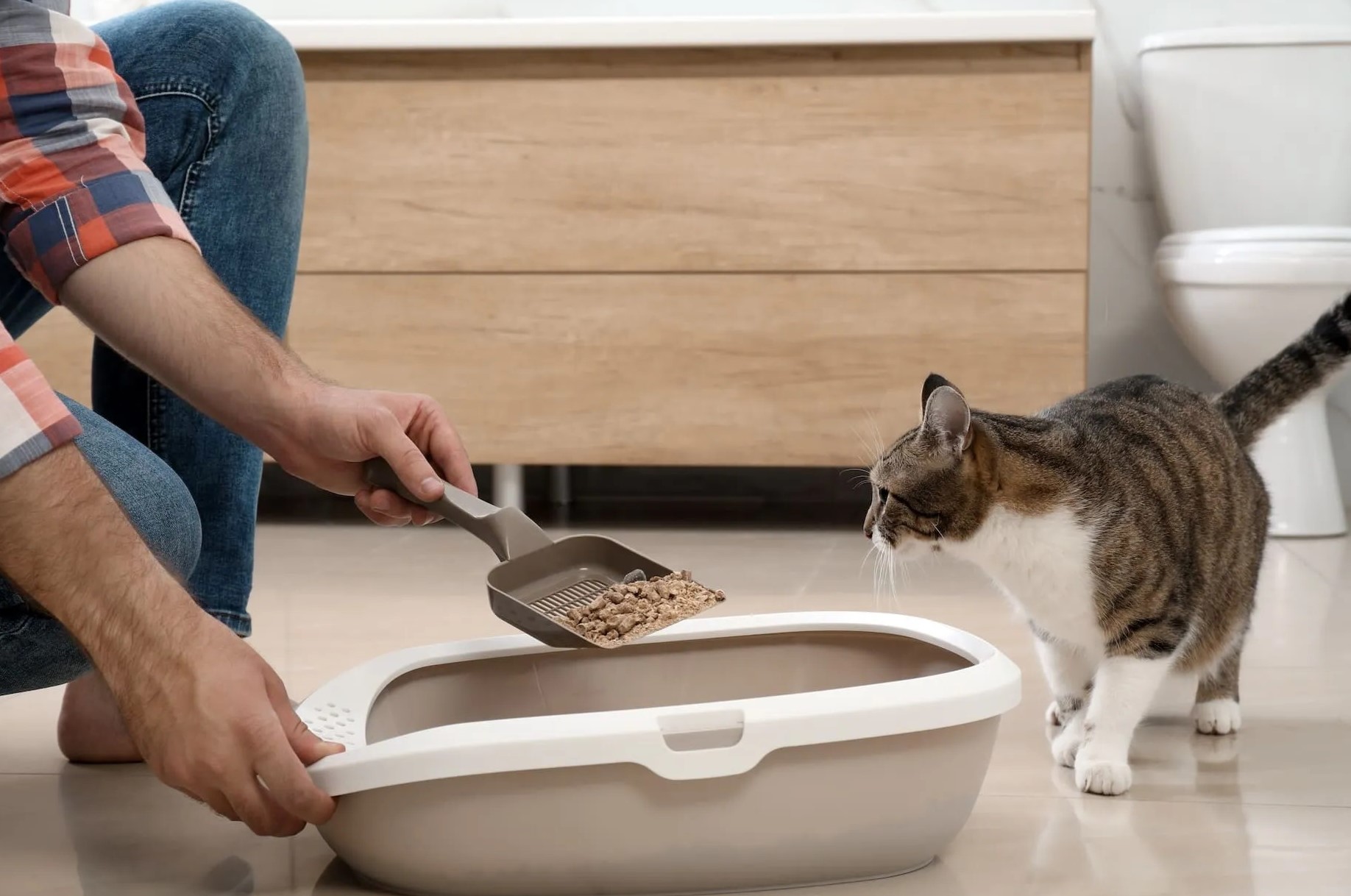
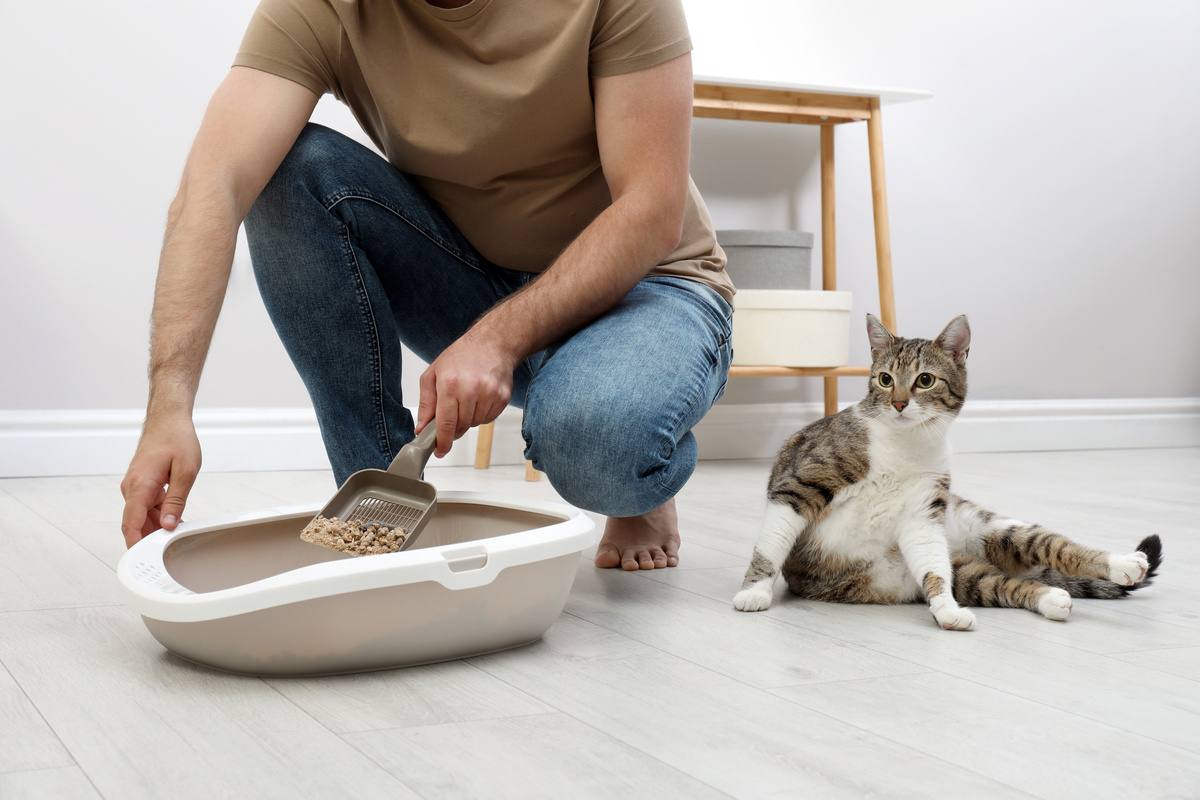
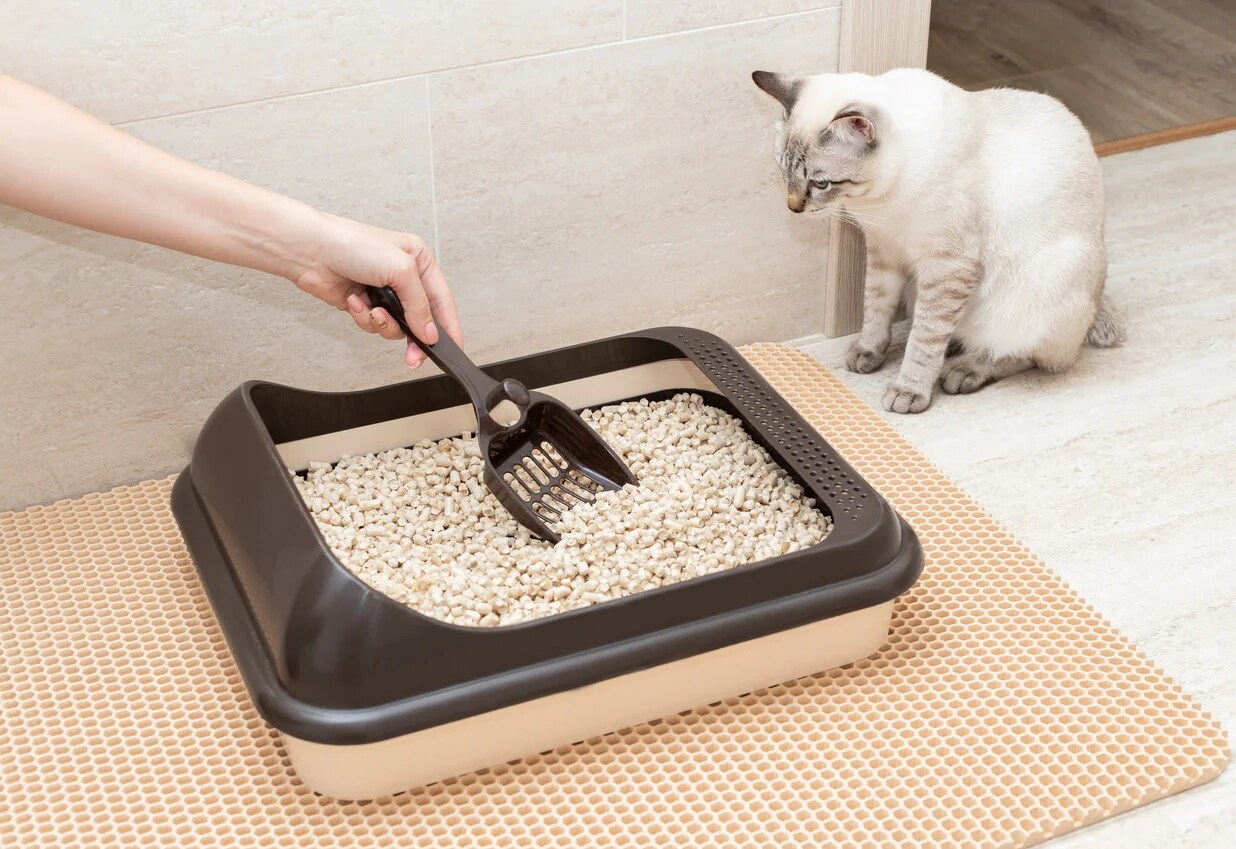
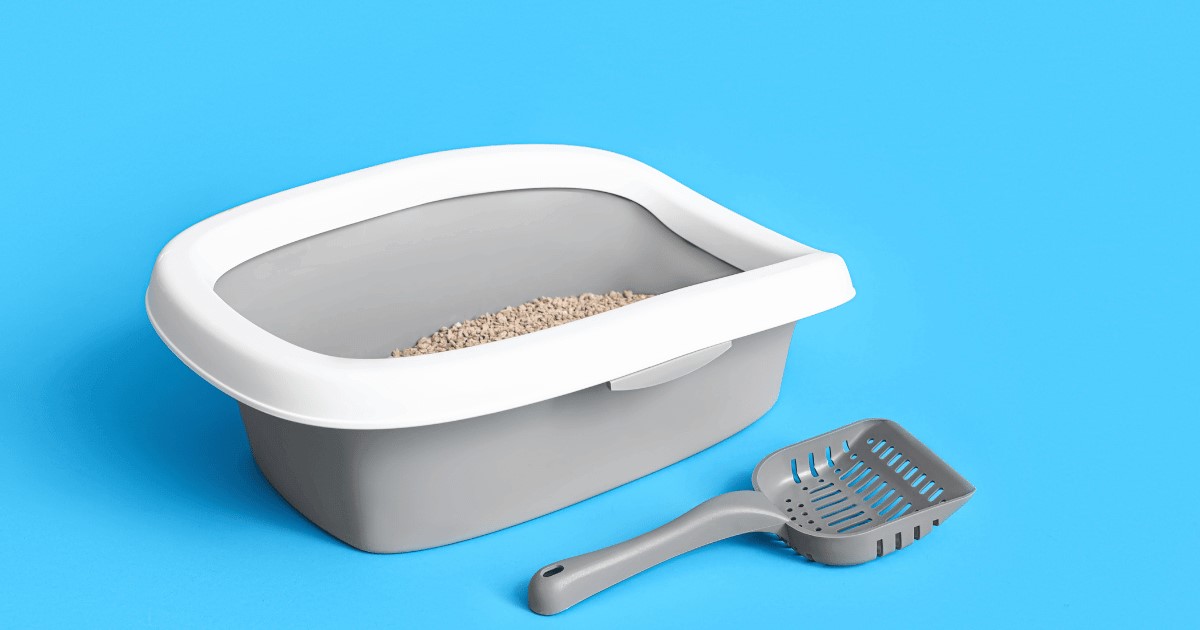
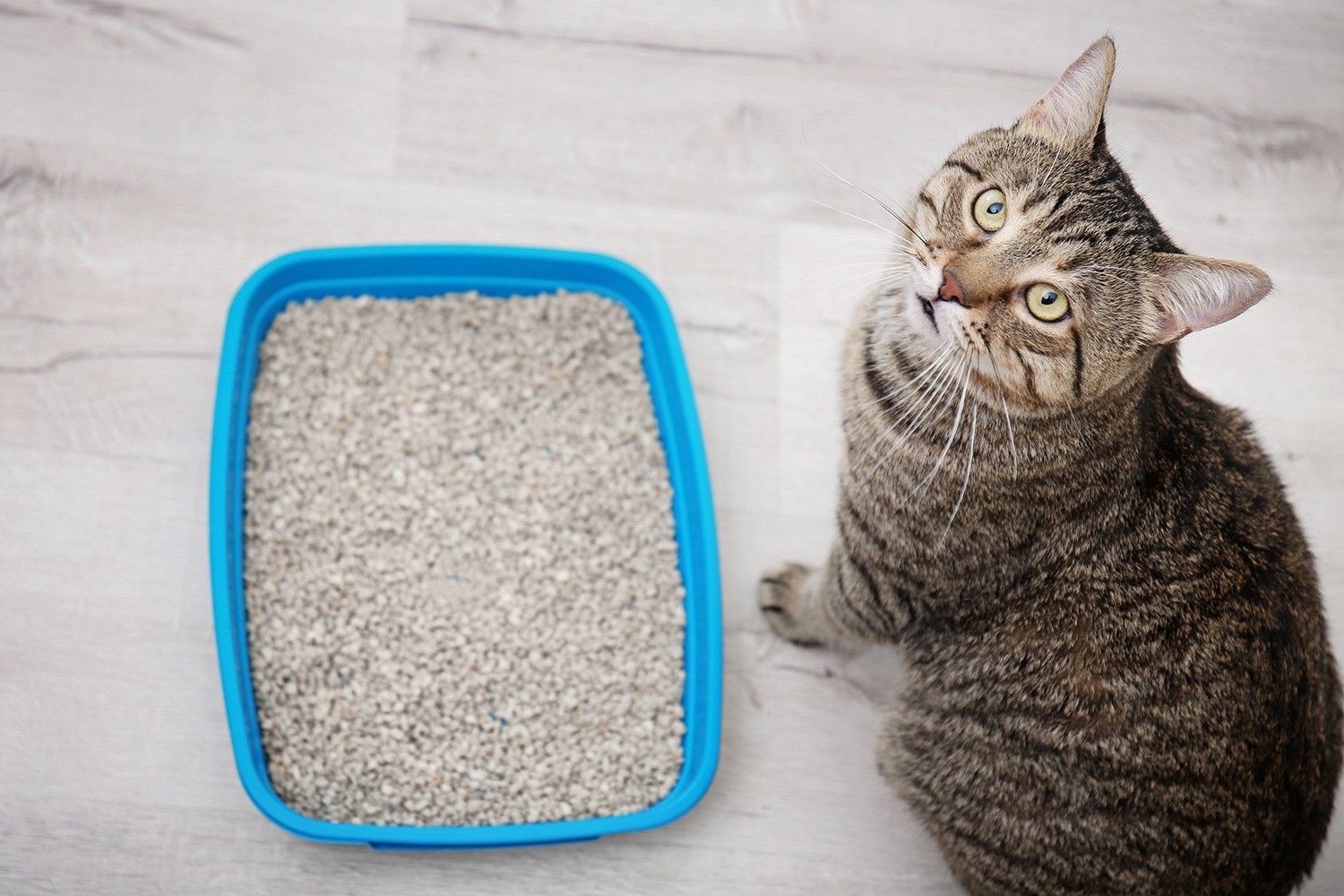
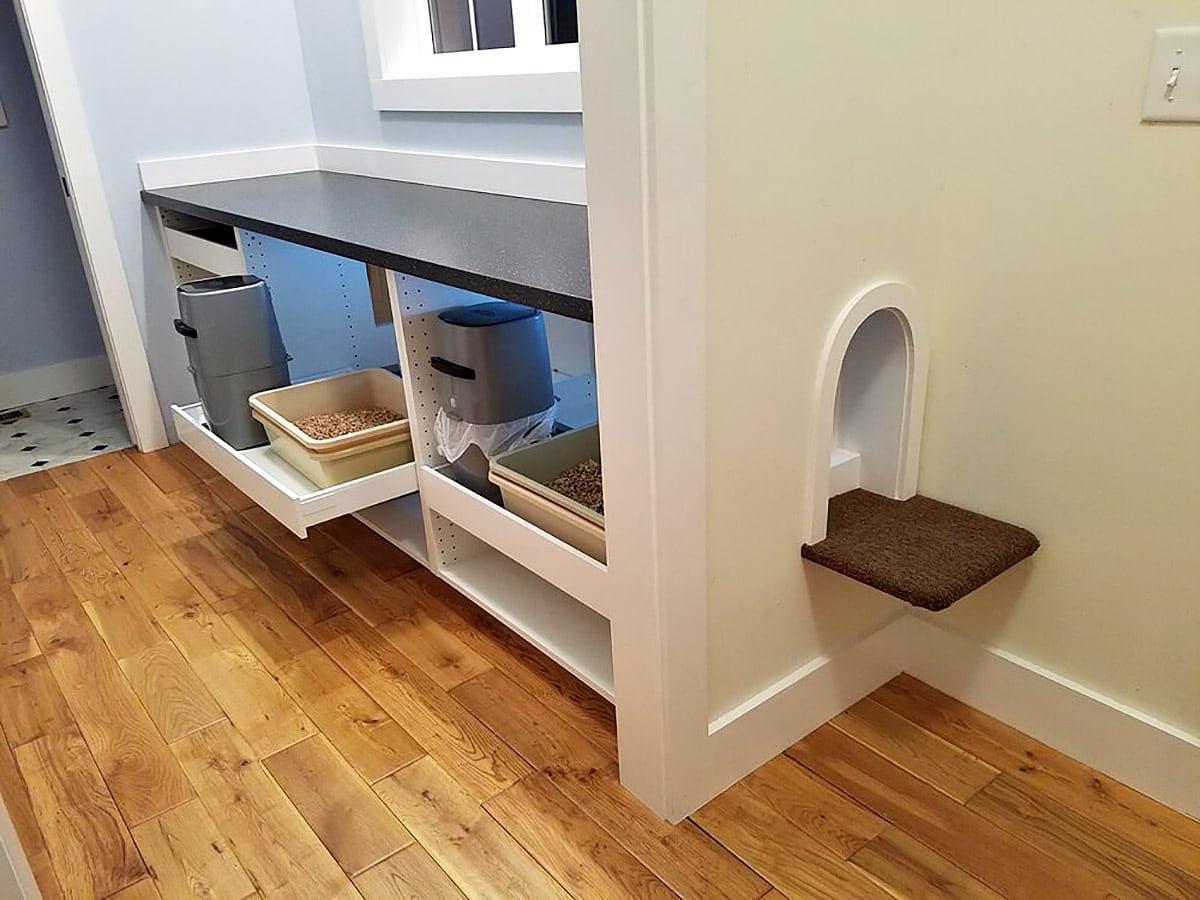
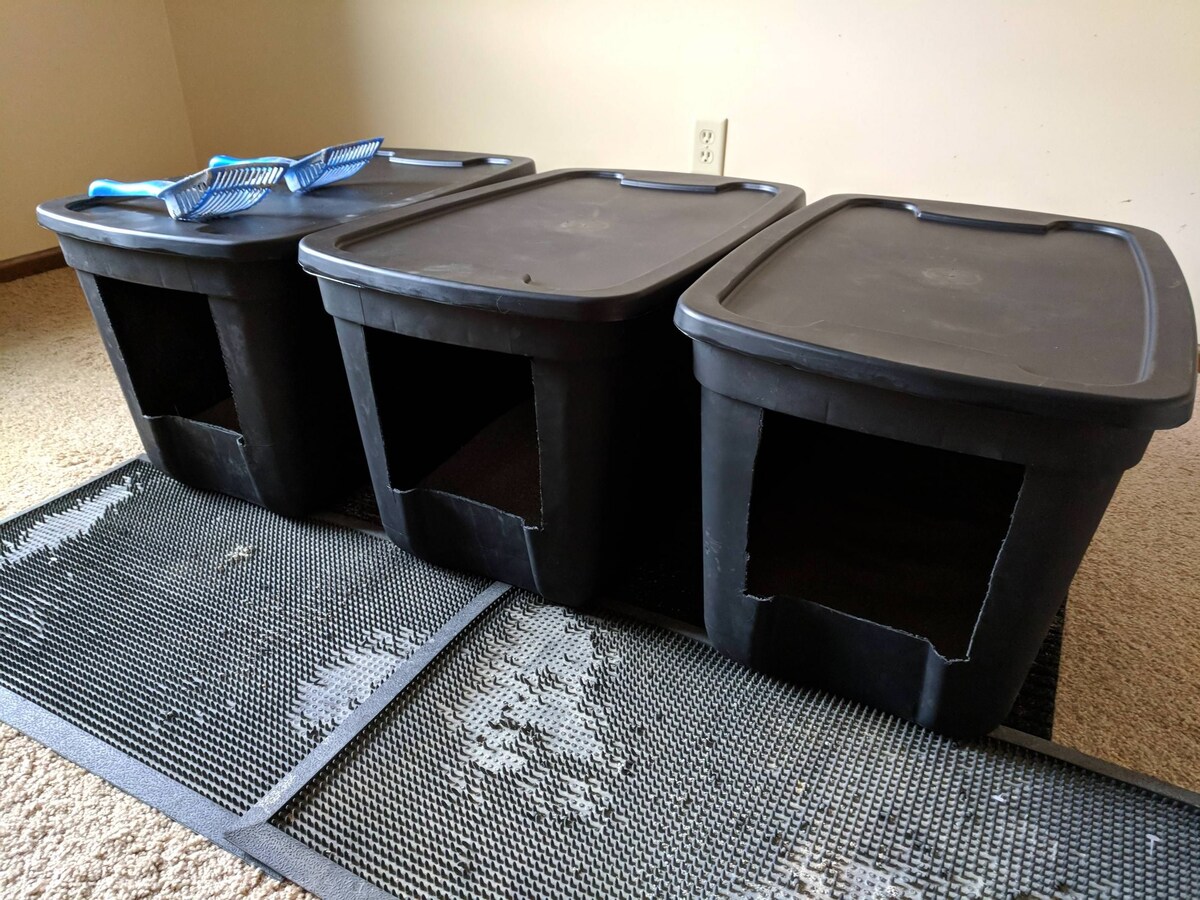
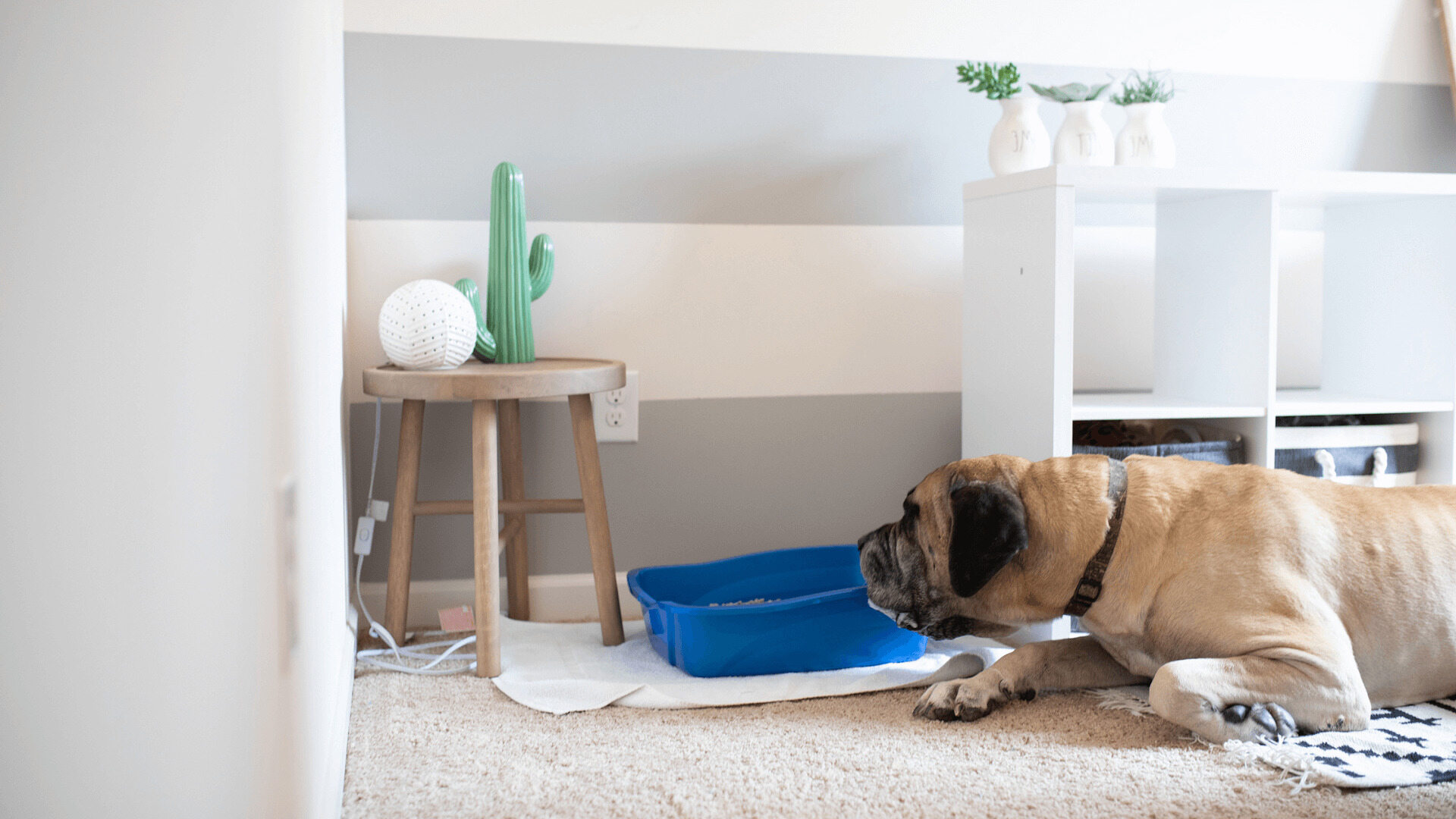
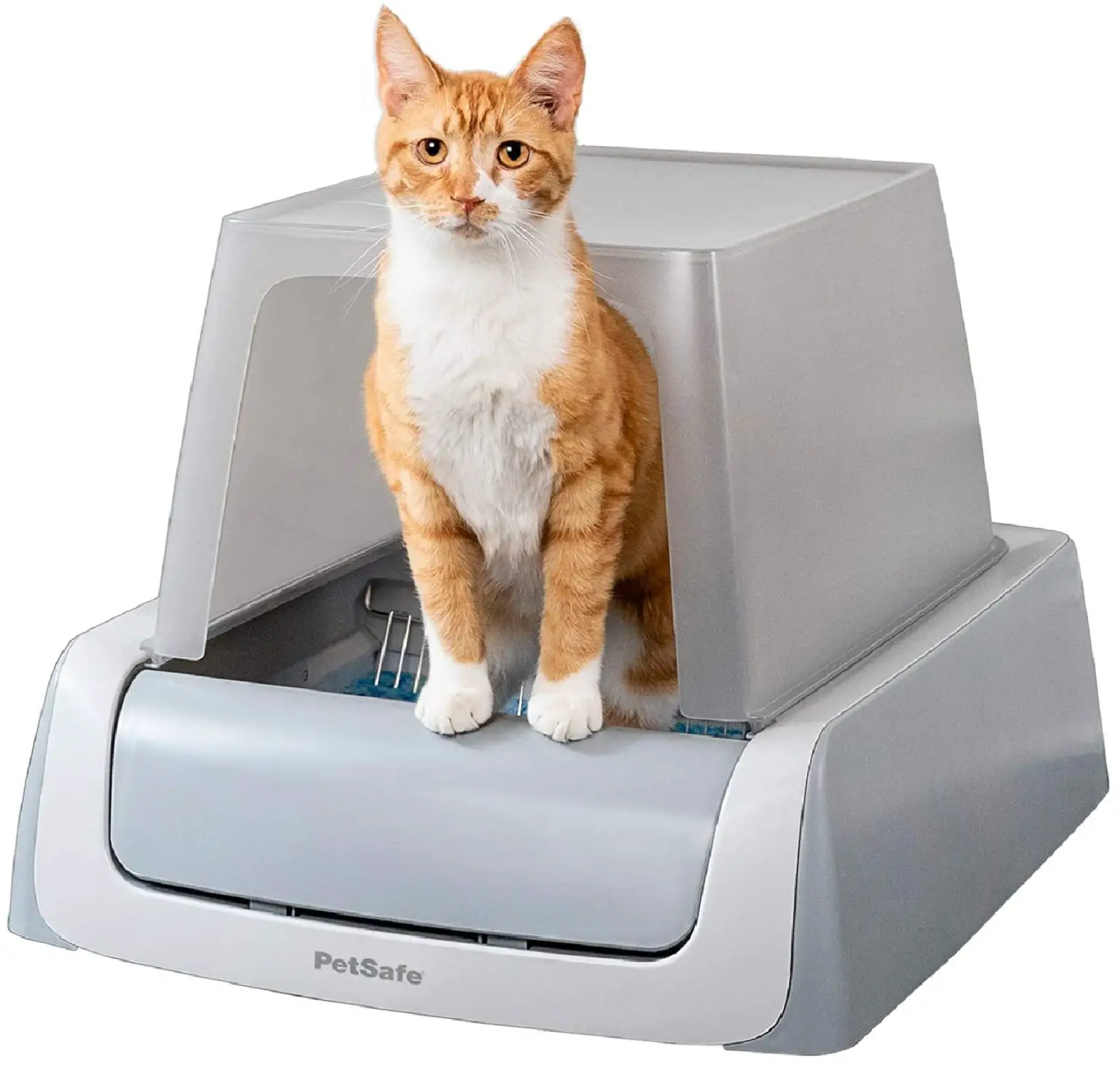

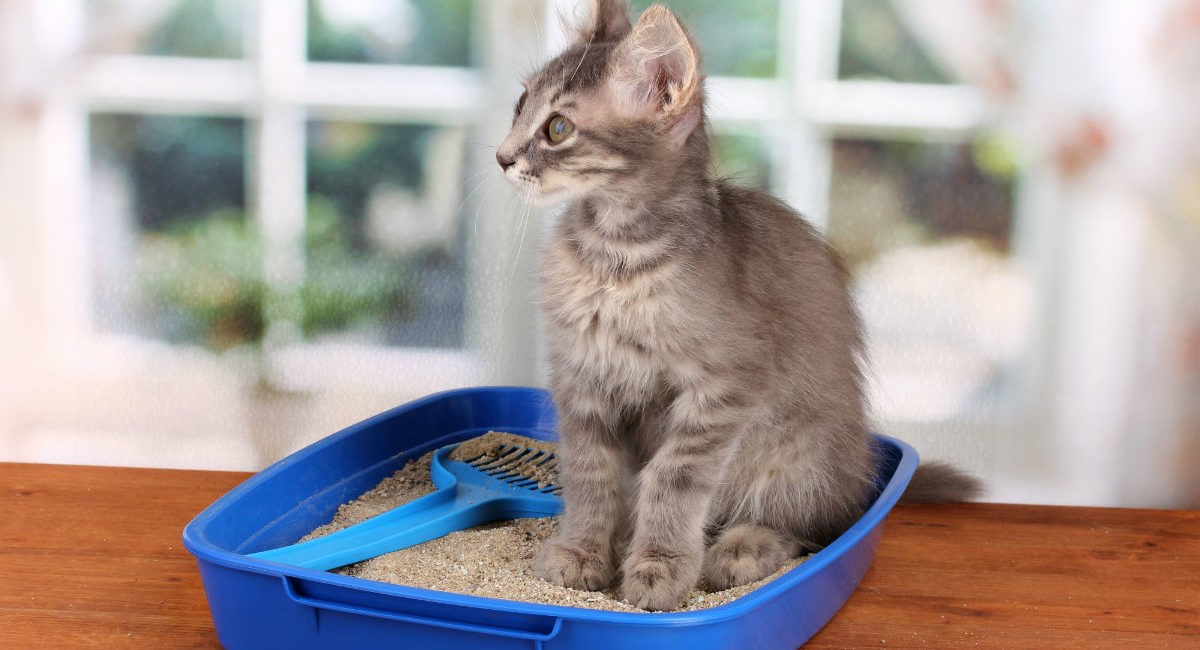

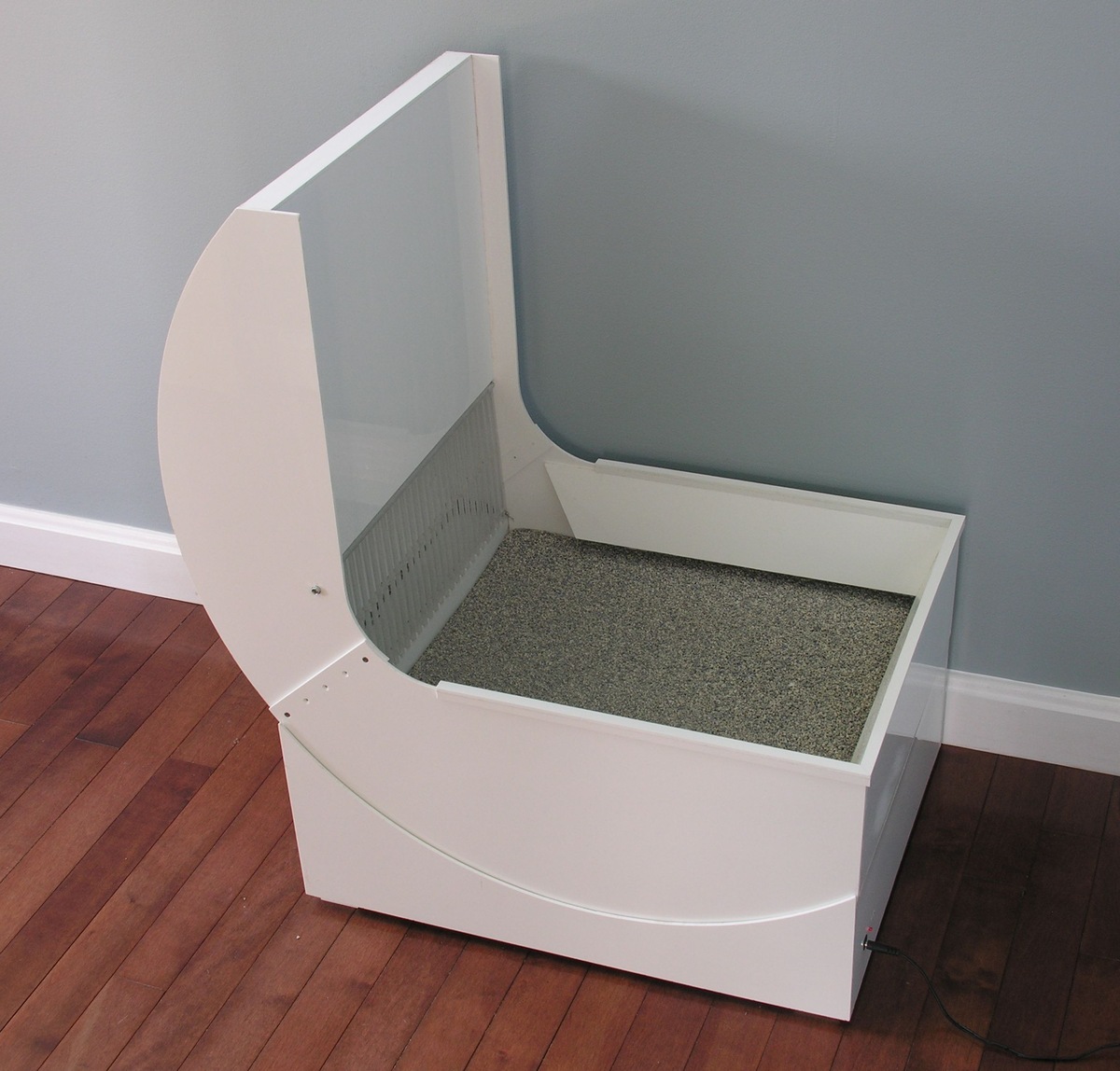

0 thoughts on “How To Keep Gnats Out Of The Litter Box”